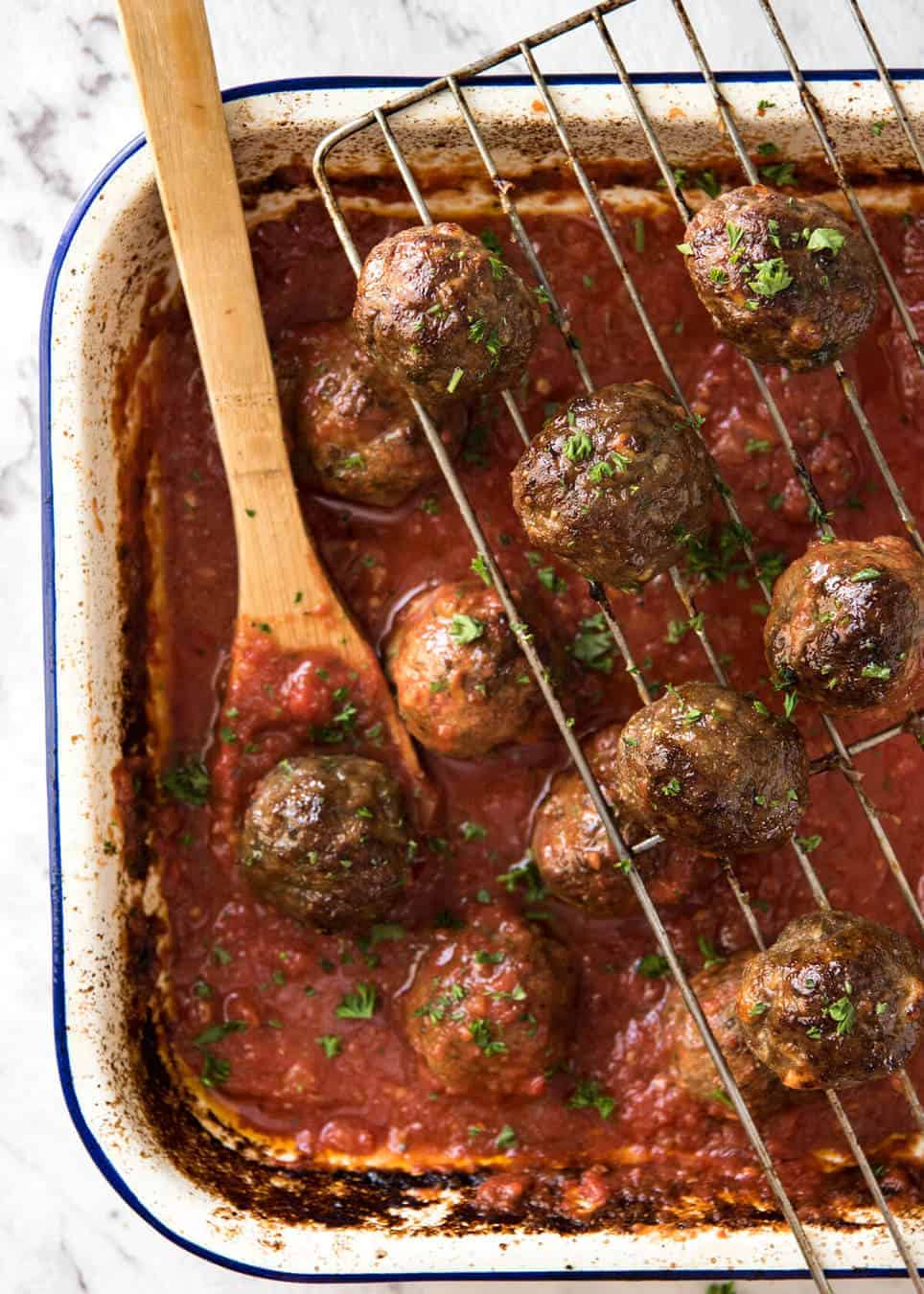How to Make Beef Gravy: The Perfect Recipe for Home-Cooked Meals
Beef gravy is a classic addition to many meals, enhancing the flavor of dishes ranging from roast beef to mashed potatoes. This guide explores **beef gravy recipes** and provides you with the skills to create **homemade beef gravy** that rivals what you might find in high-end restaurants. Whether you're looking for an easy beef gravy or interested in gourmet techniques, we've got you covered!
Understanding Beef Gravy Ingredients
To make a delicious **beef gravy from scratch**, you'll need a few essential **beef gravy ingredients**. The core components typically include beef drippings, flour or cornstarch, and beef stock. Depending on your preference, you can also incorporate red wine, aromatics like onions, and various herbs for added depth.
Choosing the Right Beef Stock
The foundation of a great gravy is **beef stock**. You can use homemade beef stock for the richest flavor or a high-quality store-bought option. For a robust flavor profile, consider making **brown gravy** by browning the meat and then deglazing the pan with red wine or stock. Remember, using stocks infused with herbs or spices can also elevate your **beef gravy** significantly.
Thickening Your Beef Gravy
Thickening beef gravy can be achieved using flour or cornstarch. To create a **thick beef gravy**, first, make a roux by cooking flour in fat until golden brown. Gradually whisk in the broth until you've reached the desired consistency. Alternatively, if you prefer a gluten-free option, you can use cornstarch mixed with a little cold water. This method makes **gluten-free beef gravy** easy to prepare while still achieving a smooth texture.
Enhancing Flavor in Beef Gravy
To add complexity and depth, consider adding optional flavor enhancers, such as sautéed mushrooms or garlic. Additionally, you can tailor the flavor profile with spices and seasoning. A dash of Worcestershire sauce or some fresh herbs can transform a basic gravy into a **savory sauce for beef** that is perfect for pairing with your main dish.
Step-By-Step Guide to Making Beef Gravy
This simple tutorial outlines all the steps you need for successful **homemade beef gravy**. Following this process will help ensure that you get a **smooth beef gravy** every time.
Preparation Process
Start by collecting your ingredients: prepared beef drippings, flour, and beef stock. If you're using **beef gravy with drippings**, pour the drippings into a saucepan. If there are solid bits, you may strain them out for a smoother gravy. Incorporate equal parts of drippings and flour into the pan and cook for about 3 minutes, stirring continuously to prevent burning. This will toast the flour, deepening the flavor.
Cooking the Gravy
Slowly whisk in the beef stock while continuing to stir. Increase the heat to medium-high until the mixture starts to thicken. If it becomes too thick, simply add a little more stock until you reach your desired consistency. Finally, season to taste with salt and pepper, and if desired, additional ingredients like red wine for a richer, **red wine beef gravy** flavor that compliments beef beautifully.
Serving Tips for Beef Gravy
Perfecting your **gravy for roast beef** or pairing your beef dish with **gravy for mashed potatoes** can be incredibly satisfying. Serve hot over your favorite dishes, and store any leftovers in the refrigerator for up to a week. Reheating is straightforward: just warm it in a pan over low heat, adding a trickle of stock if needed to restore the desired thickness.
Creative Variations of Beef Gravy
The beauty of **beef gravy** is its versatility. Here are a few variations to try out.
Herbed Beef Gravy
Introduce fresh herbs like thyme or rosemary into the cooking process to create an aromatic and **savory beef gravy**. You can add them to the pan along with the drippings for a fresher taste that’ll elevate your meal.
Making Gravy Without Drippings
If you have no drippings, don’t worry! You can still make a flavorful gravy using beef broth and seasonings. Use **bouillon for beef gravy** as your base, adding your choice of ingredients to replicate that rich flavor. Almost any aromatic or savory component, like sautéed onions or garlic, combined with the stock will work just fine.
Using Cornstarch vs. Flour for Thickening
When considering thickening agents, **how to use cornstarch in gravy** can be an essential skill. Cornstarch offers a glossy finish and is often preferred in Asian-style sauces. Combine cornstarch with water to create a slurry before adding it to your gravy mixture. Enjoy experimenting with both methods to determine which best suits your taste.
Storing and Reheating Beef Gravy
Leftover **homemade gravy** can be a great time-saver. Knowing how to properly store and reheat it ensures you minimize waste and time in future meals.
Proper Storage Techniques
Store your beef gravy in an airtight container in the fridge for up to one week. If you’d like to keep it longer, consider portioning it into freezer-safe bags, ensuring to squeeze out the air before sealing. This can extend its lifespan for several months. Remember to label your bags with dates for easy reference.
Reheating Tips
When it’s time to use your stored gravy, always opt for gentle reheating. Place the gravy in a saucepan over low heat, stirring occasionally. If it has thickened too much, add a splash of broth or water to loosen its consistency. Avoid microwaving, as it can lead to uneven heating and affect the texture.
Key Takeaways
- Use beef drippings, flour or cornstarch, and beef stock as the basis for your gravy.
- Consider adding optional ingredients like red wine, herbs, or mushrooms for deeper flavors.
- Storing and reheating gravy effectively can save time and reduce waste.
- Experiment with different techniques and thickeners to find your perfect **beef gravy recipe**.
FAQ
1. What is the best way to thicken beef gravy?
The best methods to thicken **beef gravy** include using a roux made from flour and fat or using a cornstarch slurry. Each method gives different results, with cornstarch usually leading to a clearer, glossy sauce, while flour creates a denser texture.
2. Can I make beef gravy without any drippings?
Definitely! You can create a flavorful gravy using beef broth, butter, flour or cornstarch, and seasonings. This is a great alternative when roasting doesn’t leave behind drippings.
3. How do I store leftover beef gravy?
Let the gravy cool, then store it in an airtight container in the refrigerator for up to a week. For longer storage, freeze it in portion-sized bags, ensuring they're properly sealed to avoid freezer burn.
4. Are there gluten-free options for beef gravy?
Yes! You can make **gluten-free beef gravy** by substituting regular flour with cornstarch or gluten-free flour and ensuring that your broth is also gluten-free. This allows those with dietary restrictions to enjoy flavorful gravies.
5. Can I add ingredients to enhance the flavor of beef gravy?
Absolutely! Adding ingredients such as sautéed onions, garlic, mushrooms, or fresh herbs can elevate the taste of your **beef gravy** significantly. Experiment to find the flavors you enjoy most.
6. What dishes pair well with beef gravy?
Beef gravy is primarily paired with roast beef, but it also complements mashed potatoes, meatloaf, and even hearty root vegetables. This makes it a versatile sauce for many comfort foods.
7. How can I achieve the best flavor in my beef gravy?
To achieve optimal flavor, start with quality beef stock, use fresh ingredients for seasoning, and consider adding umami-rich ingredients like Worcestershire sauce or red wine. Taste and adjust seasoning throughout the cooking process to enhance the overall dish.


